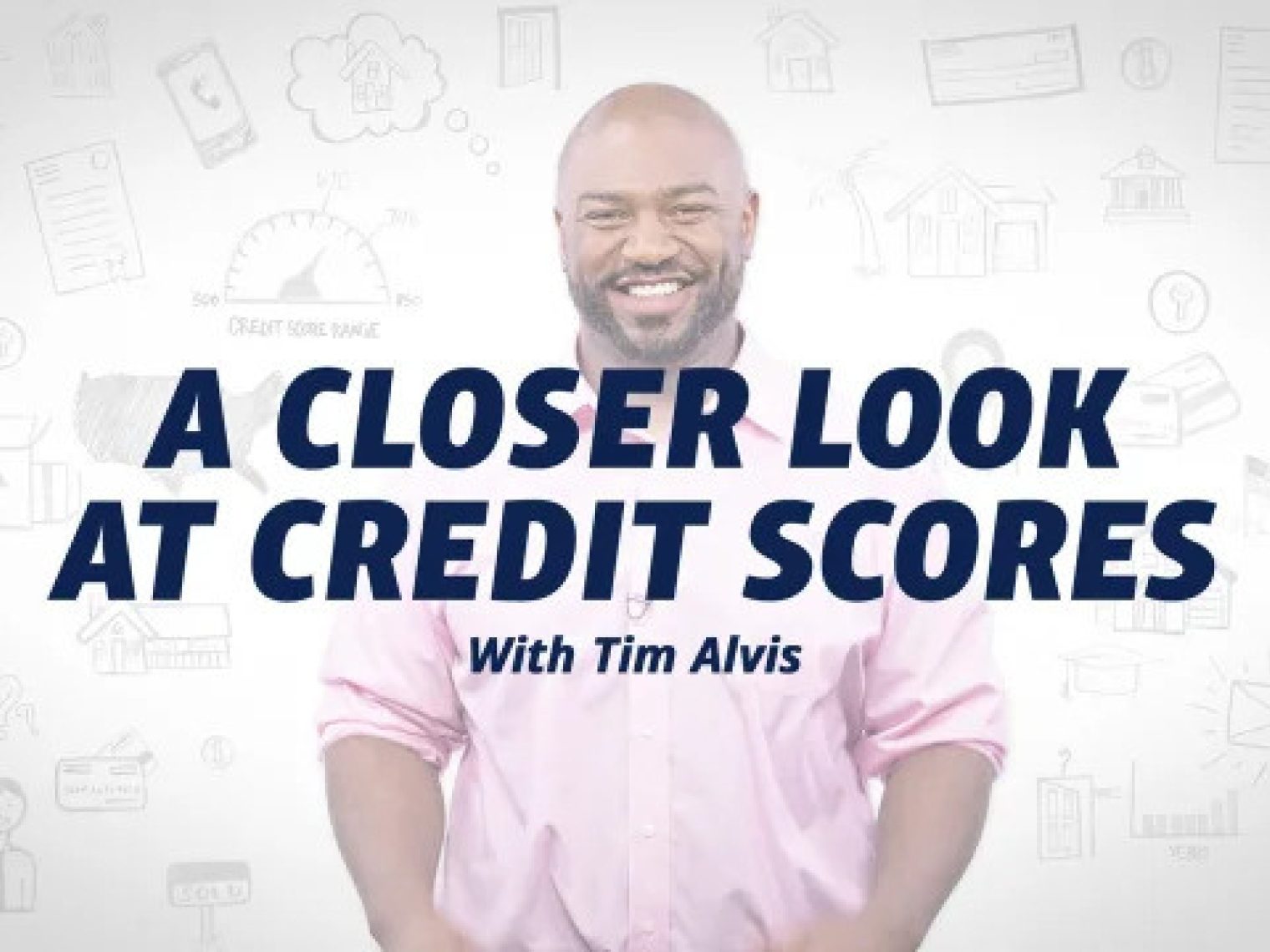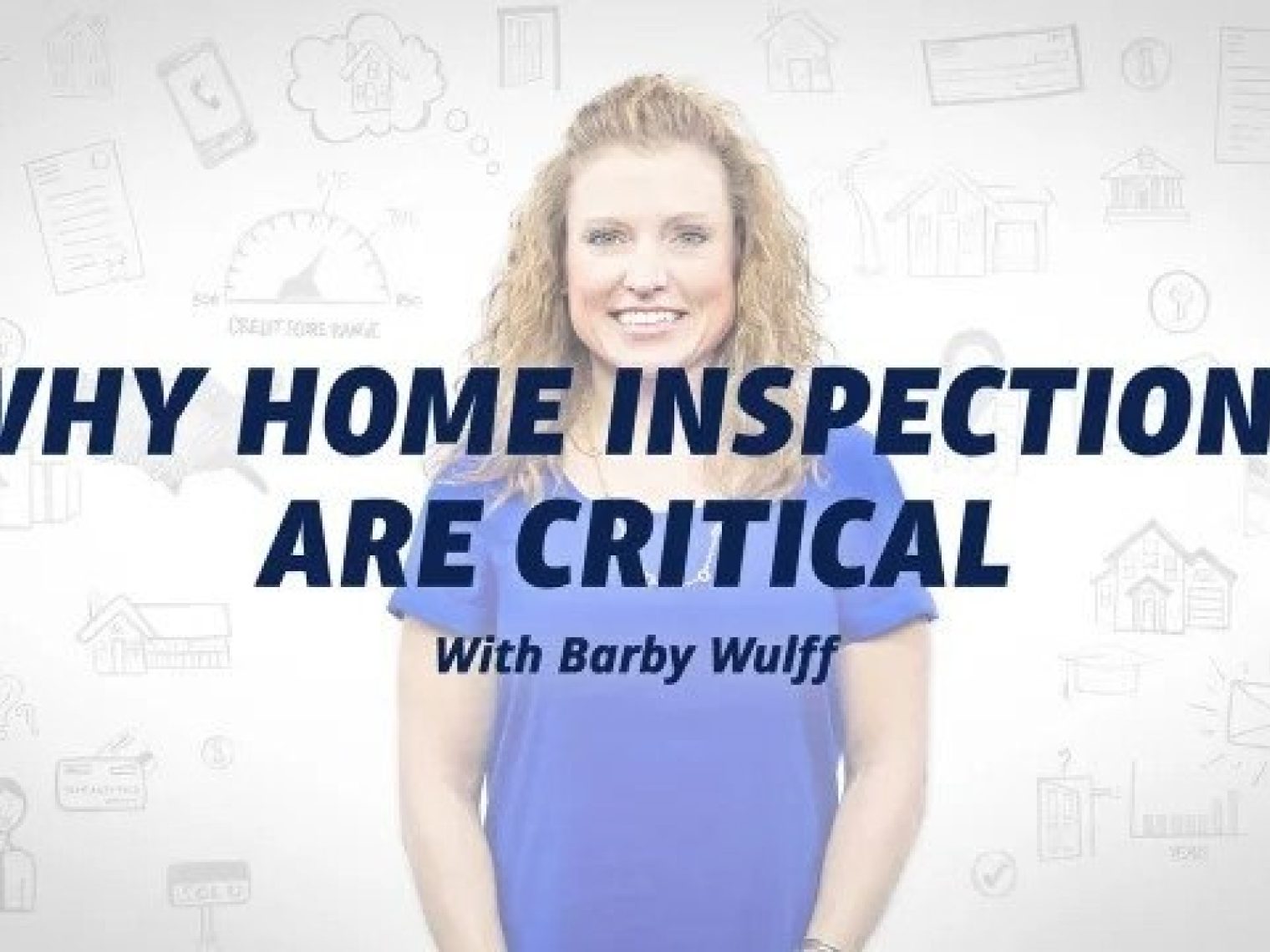- A 15-year VA loan typically offers lower interest rates and builds home equity faster.
- A 30-year VA loan provides lower monthly payments and greater long-term flexibility.
- The right loan term depends on your financial goals, monthly budget and how long you plan to stay in the home.
One of the first choices you’ll make with a VA loan is your repayment term. While most Veterans choose a 30-year mortgage, that doesn’t mean it’s the right option for everyone.
The 15-year and 30-year terms each come with their own benefits and trade-offs. Shorter terms typically mean less interest paid but higher monthly payments, while longer terms offer lower payments with more total interest.
There’s no universal “right” answer, just what’s right for you. Your monthly budget, long-term financial goals and how long you plan to stay in the home can all play a role in your decision.
At Veterans United, we’re here to help you make a confident choice with your future in mind. This VA loan term comparison guide will address the key differences to find the best fit for your path to becoming a homeowner.
Key Differences Between 15-Year and 30-Year VA Loan Terms
The biggest difference between a 15-year and 30-year VA mortgage is how long it will take to repay the loan. However, other factors, such as monthly cost or interest rates, are just as important.
The table below highlights how these key features compare:
15-Year vs. 30-Year VA Loan Pros and Cons
| Feature | 15-Year VA Mortgage | 30-Year VA Mortgage |
|---|---|---|
| Monthly Payment | Higher | Lower |
| Interest Rate | Typically lower | Typically higher |
| Total Interest Paid | Less | More |
| Builds Equity | Faster | Slower |
| Buying Power | Lower | Higher |
| Qualifications | More stringent | More flexibility |
| Long-Term Flexibility | Less | More |
A 15-year VA loan typically has a lower interest rate and helps you build home equity faster. You’ll pay significantly less interest over the life of the loan, but the trade-off is a higher monthly mortgage payment.
A 30-year VA loan, on the other hand, spreads your payments out over a longer period. The lower monthly payment can improve your cash flow and make qualifying easier, but you’ll pay more interest in the long run and build equity more slowly.
No matter which term you choose, the VA loan requirements remain the same. You’ll still need to meet eligibility guidelines, use the loan for a primary residence and meet the minimum credit benchmarks.
Read More: Can I Get a VA 40-Year Mortgage?
Understanding 15-Year vs. 30-Year VA Mortgage Costs
One great way to choose between a 15-year and 30-year mortgage is to do the math. Running the numbers allows you to see for yourself what you’d pay per month and over the long haul for each option and then select the best-fitting mortgage term for your goals and budget.
To get you started, here’s how a $300,000 VA loan with 0% down and a 6.5% interest rate would look for both 15- and 30-year terms using our VA loan payment calculator.
| Loan Term | Monthly Payment | Total Interest Paid | Total Cost of Loan |
|---|---|---|---|
| 15-Year VA Mortgage | $3,057 | $170,398 | $550,260 |
| 30-Year VA Mortgage | $2,324 | $382,633 | $836,640 |
As you can see, the 15-year mortgage has higher monthly payments (around $730 more) but saves you over $285,000 in interest across the life of the loan. The 30-year mortgage offers much lower monthly payments but costs more in the long run.
Which VA Loan Term is Right for You?
The best VA loan term depends on your income, budget and long-term plans. A 15-year loan can save you thousands in interest if you can handle the higher payments. A 30-year loan offers flexibility and lower monthly costs.
Here’s how to think through which VA loan term to choose:
When a 15-Year VA Loan Makes Sense
- You want to pay off your home faster and save on total interest.
- You have a steady, higher income and can afford a larger monthly payment.
- You’re planning for retirement and want to be mortgage-free sooner.
- You want to build equity quickly for future financial goals.
When a 30-Year VA Loan is the Better Fit
- You need lower monthly payments to fit your budget.
- You want more financial flexibility or emergency savings.
- You’re a first-time buyer looking for easier qualifications.
- You plan to stay in the home long-term and value predictable payments.
Remember, you’re not locked in forever. You can refinance a VA loan later if your situation changes. And if you get a 30-year loan and realize you can manage higher payments later on, paying off your VA loan early will never come with a penalty.
Reach out to a Veterans United loan specialist at 855-870-8845 or get started online today for help determining which VA loan term is best for your situation.
How We Maintain Content Accuracy
Veterans United often cites authoritative third-party sources to provide context, verify claims, and ensure accuracy in our content. Our commitment to delivering clear, factual, and unbiased information guides every piece we publish. Learn more about our editorial standards and how we work to serve Veterans and military families with trust and transparency.
Related Posts
-
 What is Credit and Why It’s ImportantDiscover why credit matters when buying a house. Learn how a strong score unlocks lower rates, better loans, and more financial freedom.
What is Credit and Why It’s ImportantDiscover why credit matters when buying a house. Learn how a strong score unlocks lower rates, better loans, and more financial freedom. -
 Home Inspection for VA Loans: Guidelines and ChecklistLearn about the purpose of a home inspection, common issues and how a home inspection differs from the VA appraisal.
Home Inspection for VA Loans: Guidelines and ChecklistLearn about the purpose of a home inspection, common issues and how a home inspection differs from the VA appraisal.


